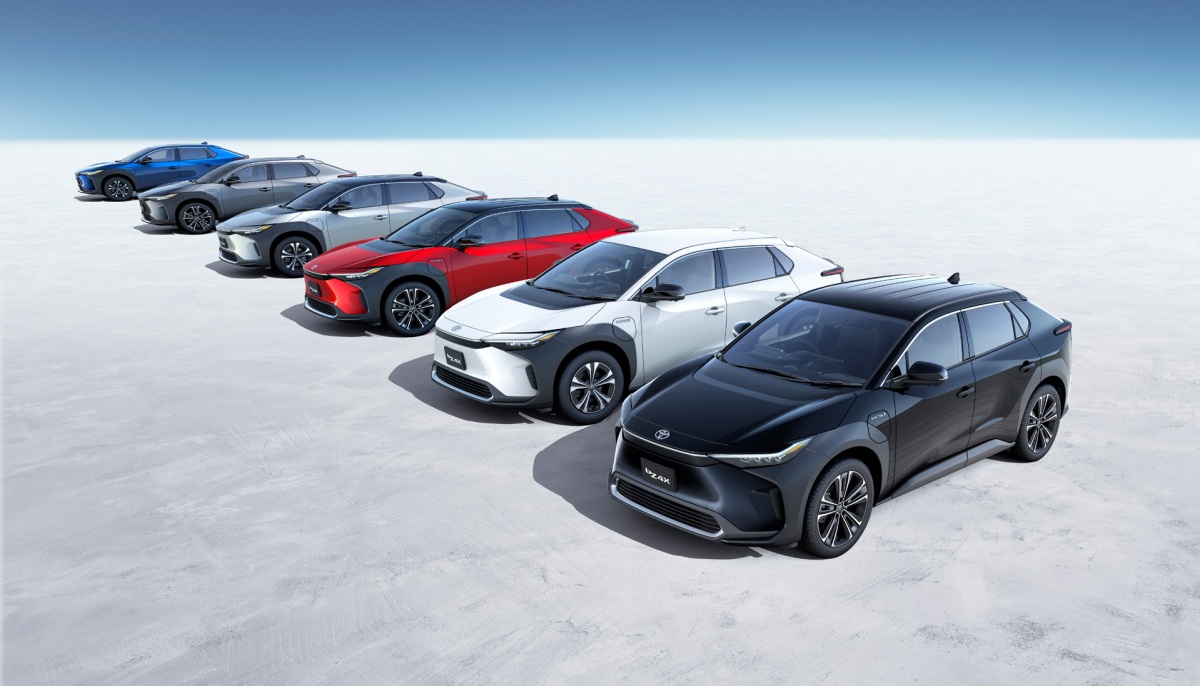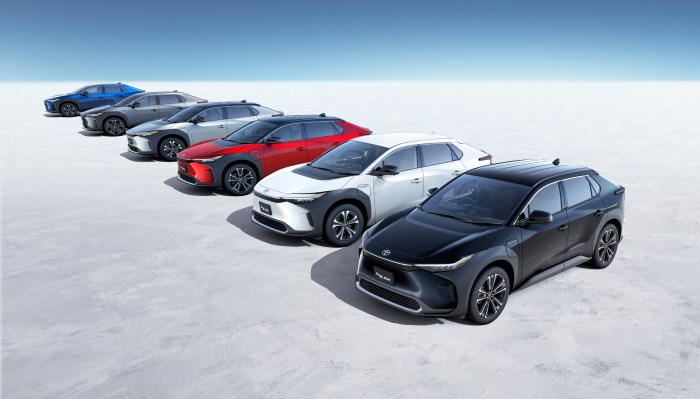
Toyota to spend $48M on new US-based EV battery lab

Toyota plans to build a lab at its North American research and development headquarters in Michigan to develop and evaluate the quality of its EV batteries.
The $48 million lab, which is expected to begin operations in 2025, will focus on every aspect of batteries from the cell level to the packs that are installed in EVs. The lab will also evaluate EV charging and connectivity to power sources and infrastructure, the company said. Engineers will also work on new battery configurations for future products.
Toyota said the lab will support the company’s manufacturing at factories in North Carolina and Kentucky.
The new lab, located west of Detroit in York Township, coincides with Toyota’s more recent efforts to increase investment in EVs globally and more specifically, in North America. The Japanese automaker announced in May that it plans to build its first U.S.-made electric SUV at its Kentucky factory, starting from 2025. The three-row car will use batteries supplied by Toyota’s new battery plant in North Carolina. Toyota also said it will spend an additional $2.1 billion on the battery plant.
Toyota has often been characterized as an EV laggard compared to other major automakers which have made ambitious commitments to shift most of their portfolio to battery electric vehicles. Toyota has instead argued that hybrids and plug-in hybrids also play an important role.
The company said that by 2025 it will offer an electrified option (a designation that includes hybrids and plug-in hybrids) for every Toyota and Lexus model globally. On a global scale, Toyota plans to invest more than $70 billion in vehicle electrification by 2030.
“This new investment in our North American R&D operation, which has been a key pillar of the Michigan automotive industry for more than 50 years, shows Toyota’s directional shift towards electrification for all,” Shinichi Yasui, executive vice president of Toyota Motor North America’s R&D program said in a statement.
Toyota said it will incorporate locally produced battery parts and materials sourced from its other suppliers in North America.


